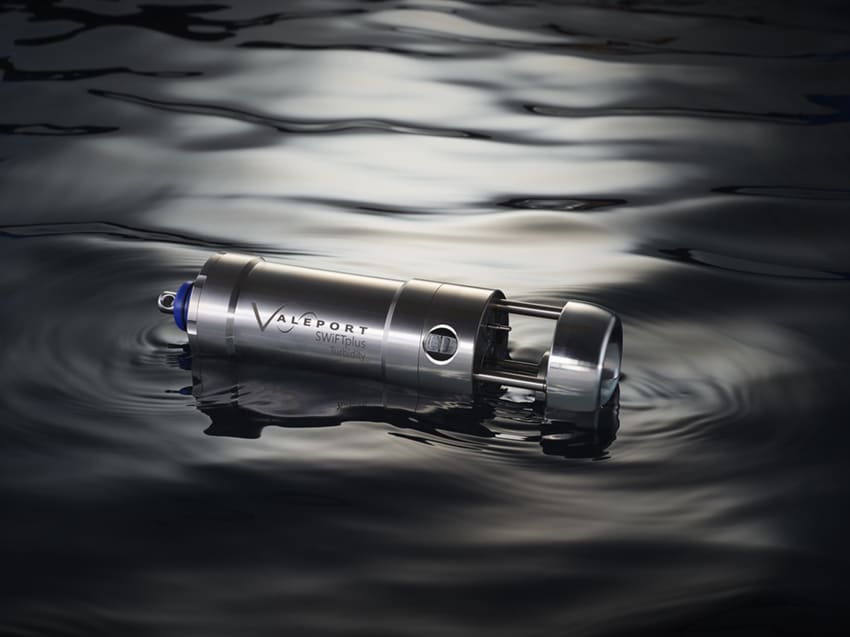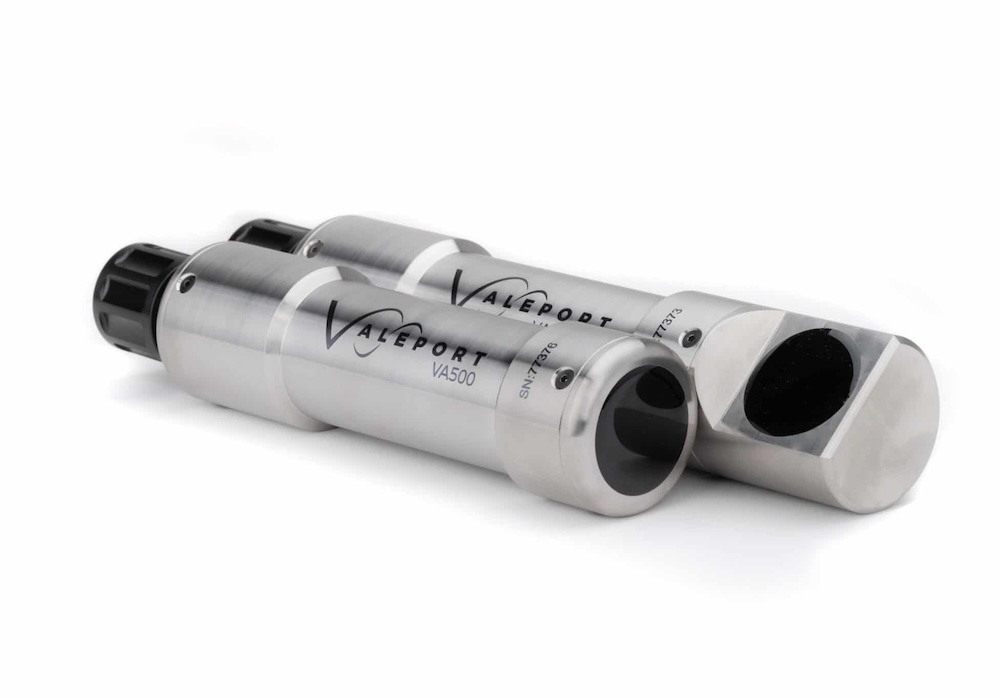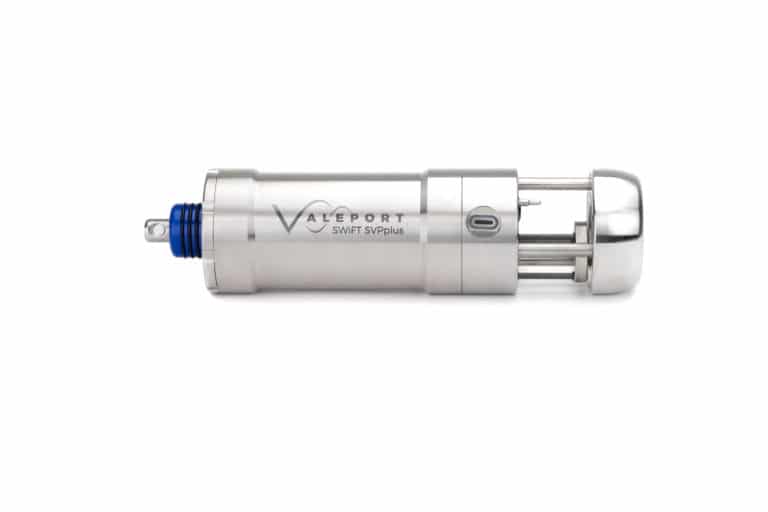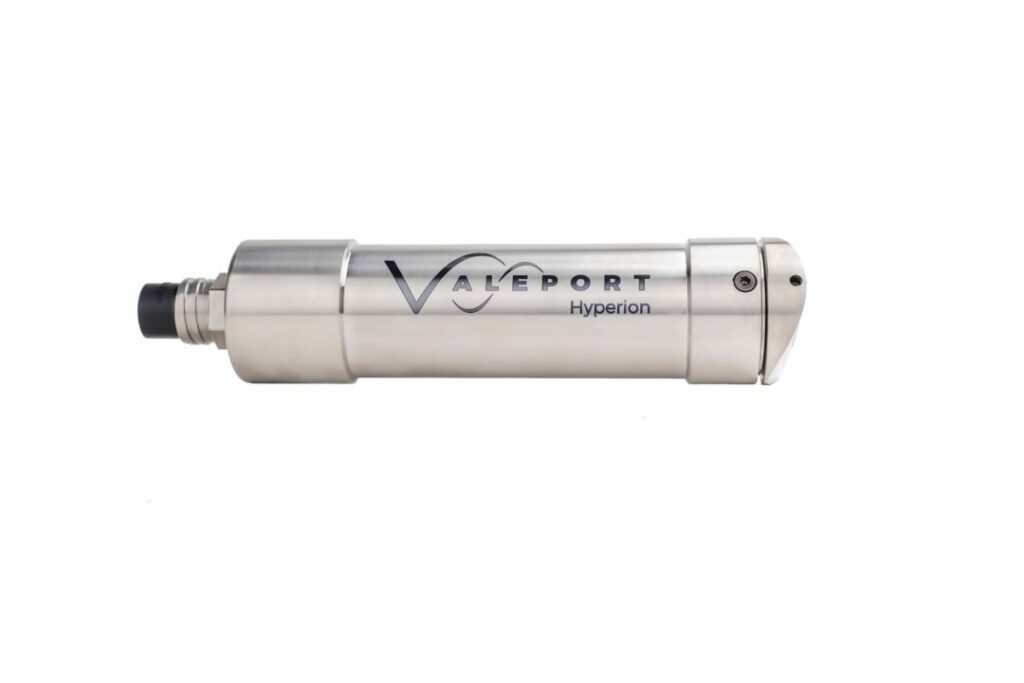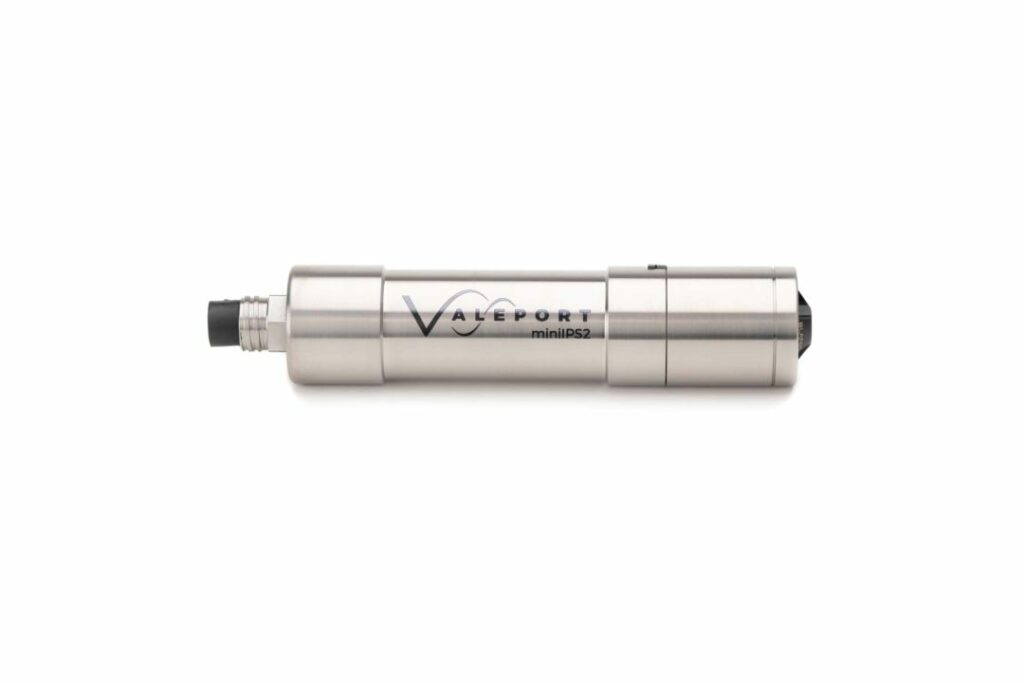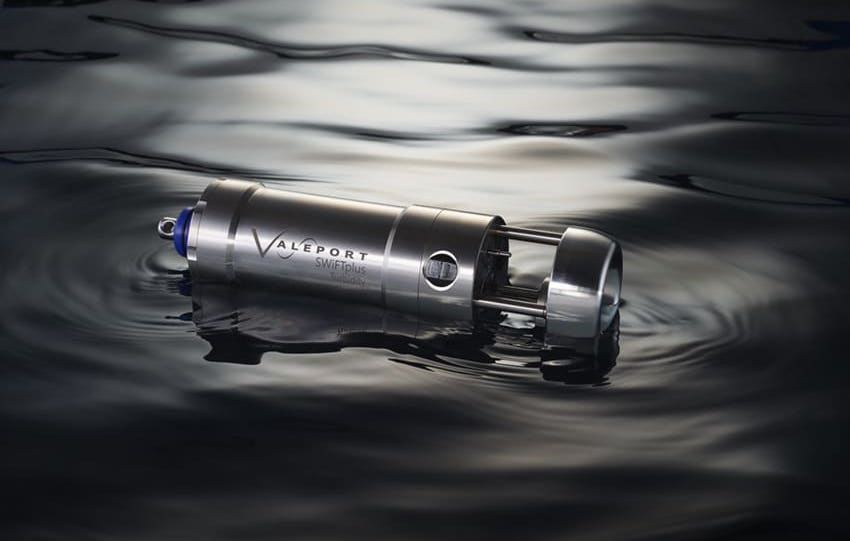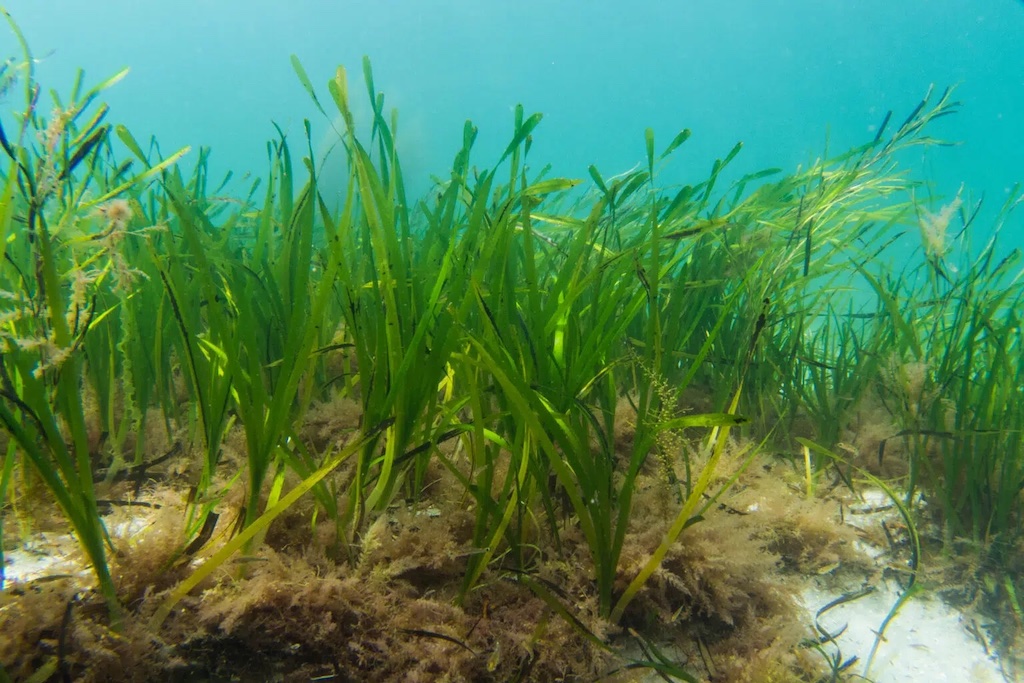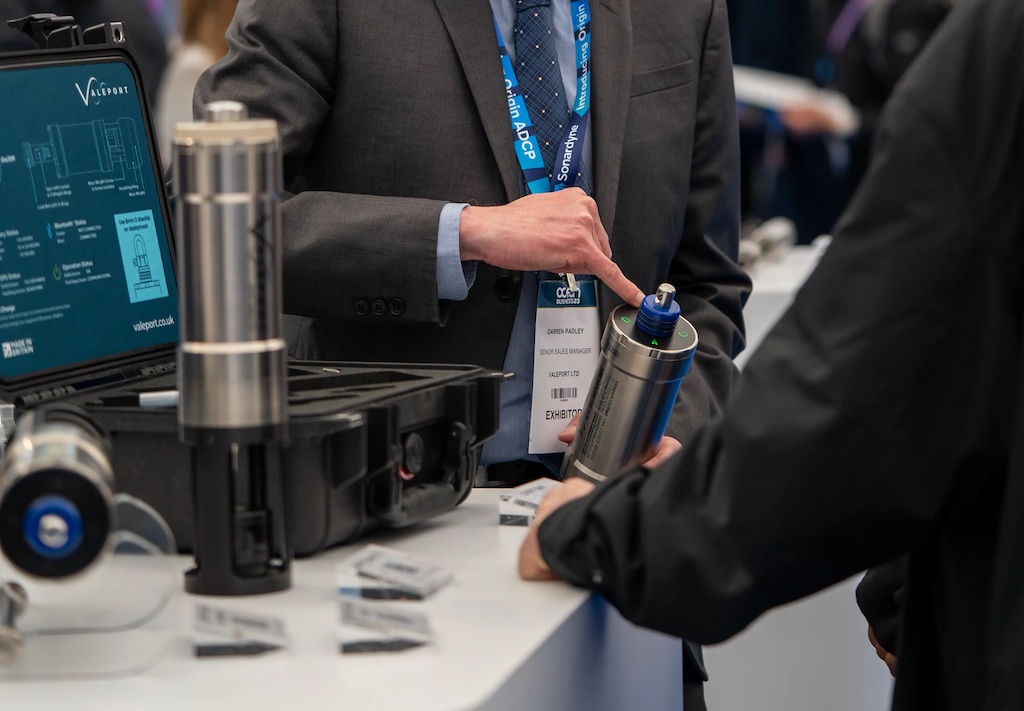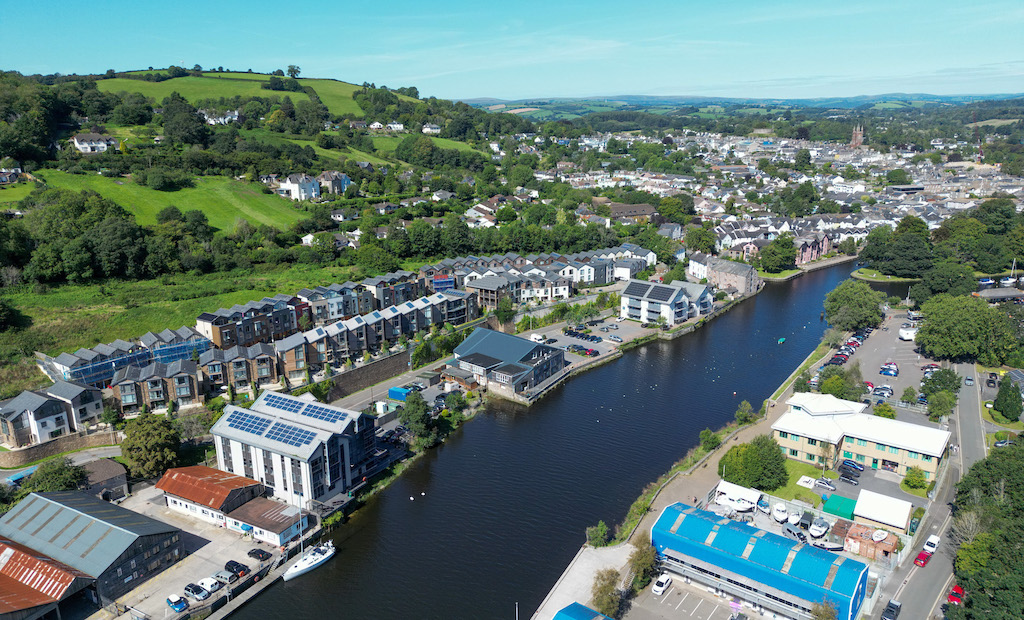
Teledyne Valeport has introduced a new solid-state pH sensor developed in partnership with ANB Sensors, delivering a self-calibrating solution designed to enhance the accuracy and efficiency of long-term ocean monitoring missions.
This sensor offers a durable, low-maintenance alternative to conventional glass electrode-based instruments and is optimized for deployment across a variety of marine platforms and conditions.
Traditional glass electrode pH sensors, while accurate, require regular recalibration and careful storage, often leading to operational downtime and additional maintenance effort—particularly challenging in remote or long-term marine deployments. The new Teledyne Valeport pH sensor addresses these limitations by integrating ANB’s patented, calibration-free technology into a compact, field-ready form factor.
The result is a reliable, in situ self-calibrating pH sensor that minimizes the need for manual intervention, extending deployment periods and reducing total cost of ownership for ocean scientists and monitoring programs.
Encased in a rugged titanium housing and rated for depths of up to 1250 meters, the sensor is engineered to maintain high accuracy and resilience under pressure. It achieves a pH accuracy of ±0.1 and can operate continuously without requiring recalibration—ideal for persistent, unattended monitoring missions.
Designed with flexibility in mind, the sensor is compatible with a range of deployment platforms, including:
- Fixed oceanographic stations
- Buoy-based systems
- Remote and autonomous underwater vehicles (ROVs, AUVs, ASVs)
- Mobile marine research platforms
The sensor incorporates a suite of features to ensure consistent performance and minimal maintenance:
- Solid-state design: Resistant to physical stress and ideal for long-duration field use.
- Self-calibrating operation: Eliminates the need for manual recalibration, even after extended deployments
- Reference drift compensation: Maintains measurement reliability over time
- Anti-fouling capability: A biocide released at the sensing surface helps deter biofouling and ensures data integrity
- Fast temperature compensation: Enhances accuracy in fluctuating oceanic thermal conditions
Weighing under 1kg in air and measuring just 204mm in length with a 47mm diameter, the sensor is easy to integrate and handle. It operates on a 9–28 V DC supply and draws less than 32 mA at 12 V DC, making it energy-efficient and compatible with a wide variety of ocean monitoring systems.
The new pH sensor will be officially launched at Ocean Business 2025 in Southampton, taking place from April 8–10. Visitors can explore the technology in person at Teledyne Marine’s stand, T7.


